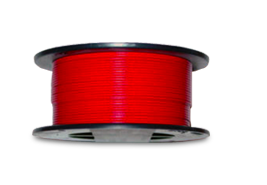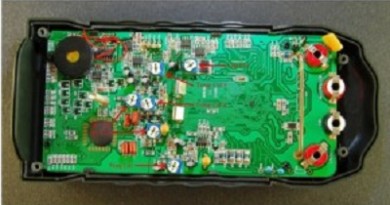Wire Gauge Guide

Selecting the appropriate gauge of wire for your next electrical project will ensure that the circuit functions properly and safely. Wires come in a variety of thicknesses, most often measured as a gauge number. American wire gauge (AWG) is a standardized wire gauge system for wire diameter, and the cross-sectional area of each gauge is important for determining its capacity to carry current.
Use the following formula to calculate the diameter of wire between No. 0 and 36 AWG (where n = gauge number):
![]()
Please note that as the gauge number increases, the diameter of the wire decreases. Because of this inverse relationship, selecting the right wire gauge can be quite confusing. When we use No. 18 AWG wire in the equation above we see that the diameter of the wire is .0403″ (1.024mm), and when we solve this equation for No. 22 AWG wire we find that the diameter is 0.0253″ (0.644mm). Notice that the No. 22 AWG wire is thinner than the No. 18 AWG wire.
As electricity flows through wires they tend to heat up depending on how much power (usually measured in watts or kilowatts) flows through them as well as the length of the run. The longer the run, the greater the voltage drop through the wire. To compensate for this voltage drop, sometimes you may need to select a thicker wire. No. 18 AWG wire is generally accepted to carry a maximum of 10A, whereas No. 22 AWG wire is accepted to carry a maximum of 5A.
Again, when determining which diameter of wire is appropriate you must consider the length of the run and how easily the wire will be able to dissipate heat. If your wire cannot quickly dissipate heat the insulation may melt, so when in doubt always err on the safe side.


